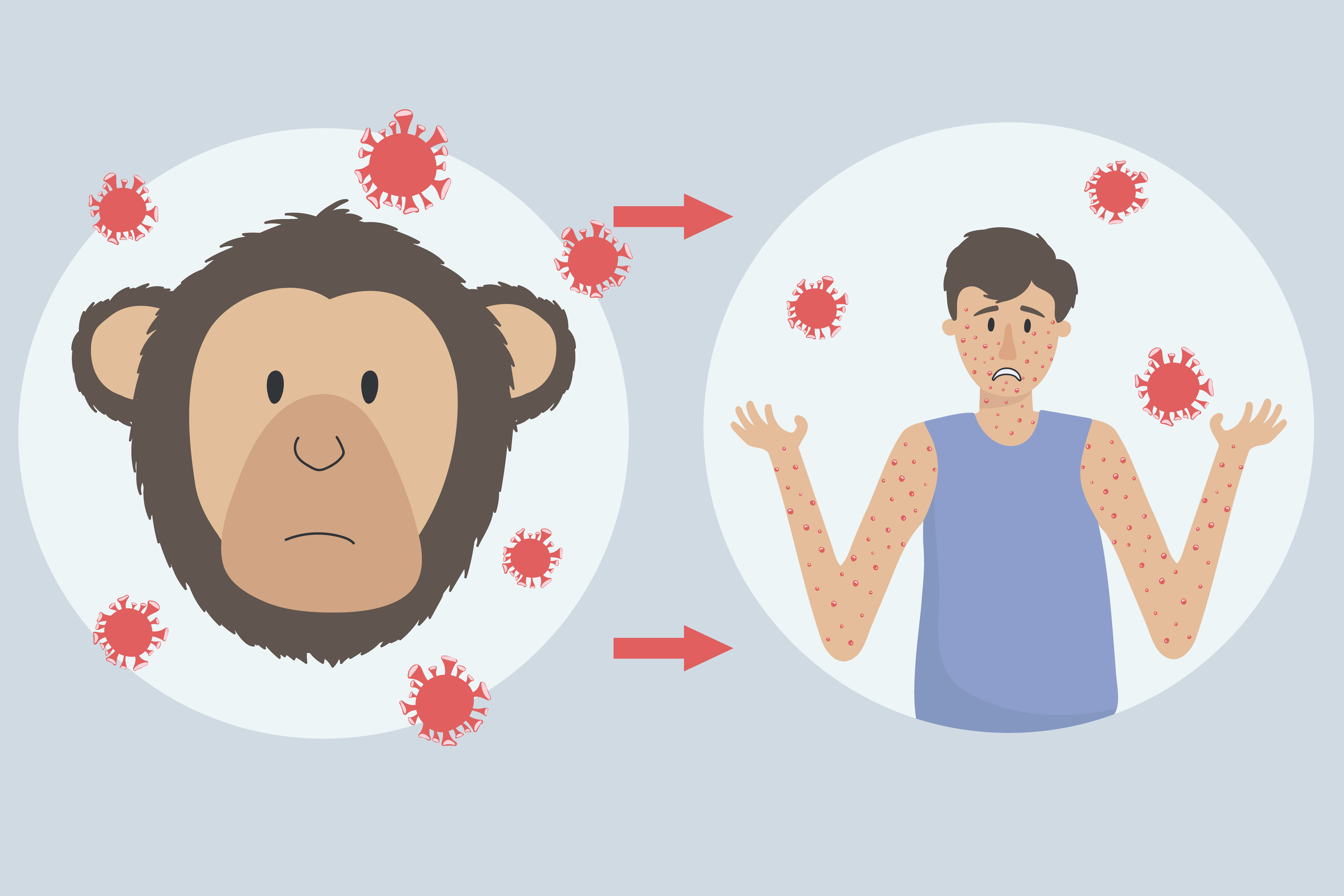Study reveals potential for animal viruses to spill over to humans
 Image by Freepik
Image by Freepik
Scientists investigating animal viruses with potential to infect humans have identified a critical protein that could enable spillover of a family of organisms called arteriviruses.
In a new study, researchers identified a protein in mammals that welcomes arteriviruses into host cells to start an infection. The team also found that an existing monoclonal antibody that binds to this protein protects cells from viral infection.
Arteriviruses circulate broadly in many types of mammals around the world that serve as natural hosts, such as non-human primates, pigs, and horses, but so far have not been detected in humans.
The researchers’ aim is to better understand mechanisms of arterivirus infection to get a handle on how high the infection risk is for humans and what preparation may be needed should a spillover occur in the future.
“It’s important to consider that since we have no known arteriviruses infecting people, we’re essentially immunologically naïve, so we can’t rely on preexisting immunity to help us,” said co-lead author Cody Warren, assistant professor of veterinary biosciences at The Ohio State University.
Warren co-led the work with Adam Bailey, assistant professor of pathology and laboratory medicine at the University of Wisconsin-Madison. The study was published recently in Nature Communications.
Many natural hosts of arteriviruses have no signs of disease, but the virus that infects swine can cause pneumonia, as well as abortions in pregnant pigs, and other strains can cause hemorrhagic fever or encephalitis when they switch animal hosts.
These viruses also have the unusual ability to maintain long-term infections and become more virulent when they find new hosts, which gives them time to evolve and improve their chances of transmission.
The research team set out to find proteins in mammals that arteriviruses use as receptors to gain entry to host cells and make copies of themselves. Bailey used genome-wide CRISPR knockout screening technology to identify specific genes that, when disrupted, rendered cells resistant to viral infection. Such genes would then be considered essential to the viral infection process. The unbiased screen identified two genes, FCGRT and B2M, whose protein products come together to form the FcRn receptor (neonatal Fc receptor) that is expressed on the surface of cells.
The FcRn receptor molecule has a specific role in shuttling antibodies across the placenta to a foetus but is also present in immune cells and cells that line blood vessel walls, both of which are targeted by arteriviruses.
Results from this study demonstrated that FcRn is used for host cell entry by at least five arteriviruses that infect monkeys, pigs, and horses, respectively: three diverse strains of simian arteriviruses, porcine reproductive and respiratory syndrome virus 2 (PRRSV-2), and equine arteritis virus (EAV).
Knocking out the major component of the FcRn complex from host cells blocked viral infection, and pre-treating cells with a monoclonal antibody against FcRn protected against infection.
There was also a genetic twist to this story: Some mammal hosts were less susceptible to arterivirus infection based on differences in their species-specific FcRn’s sequence, meaning that in some cases, this protein will function as a barrier to cross-species infections.
“Chimpanzees and humans have pretty much all the same genes, but the sequence of those genes is slightly different,” Bailey said. “All mammals have the FcRn receptor, but their ability to support infection with a given arterivirus may vary.”
The CRISPR screen also identified a gene encoding another surface protein, CD163, which Warren and colleagues previously found to be a gatekeeper for an arterivirus called simian hemorrhagic fever virus (SHFV) to infect a cell.
A series of experiments in different cell types and using multiple viral strains in the new study showed that CD163 does have a role in infection by most arteriviruses, but it cannot act alone, interaction with FcRn is also key to facilitating arteriviral infection of host cells.
Spelling out these arterivirus infection steps is an important milestone, the researchers said.
“If we’re looking at virus biology, one of the most important things we can understand is entry mechanisms. Because if you can stop the ability of a virus to infect a cell through disrupting that initial virus-receptor contact, now you have a potential therapeutic strategy,” Warren said.
One of those ‘disruptors’ could be blocking the receptor, so showing that an existing monoclonal antibody can stop viral infection in cells is also a plus for scientists examining viruses through a lens of pre-pandemic preparedness.
“If one of these viruses emerged in humans, I believe we’d be in big trouble,” Bailey said. “So that is the motivator for me.”
This work was supported by National Institutes of Health grants, University of Wisconsin-Madison startup funds, the G. Harold and Leila Y. Mathers Foundation, and the Burroughs Wellcome Fund Pathogenesis of Infectious Disease Program.
Co-authors included Teressa Shaw, Kylie Nennig, Xueer Qiu, Devon Klipsic, and Igor Slukvin of UW-Madison; Devra Huey, Makky Mousa-Makky, Jared Compaleo, Fei Jiang, and Haichang Li of Ohio State; Aadit Shah of Stanford University; Raymond Rowland of the University of Illinois Urbana-Champaign; and Meagan Sullender and Megan Baldridge of Washington University in St. Louis.